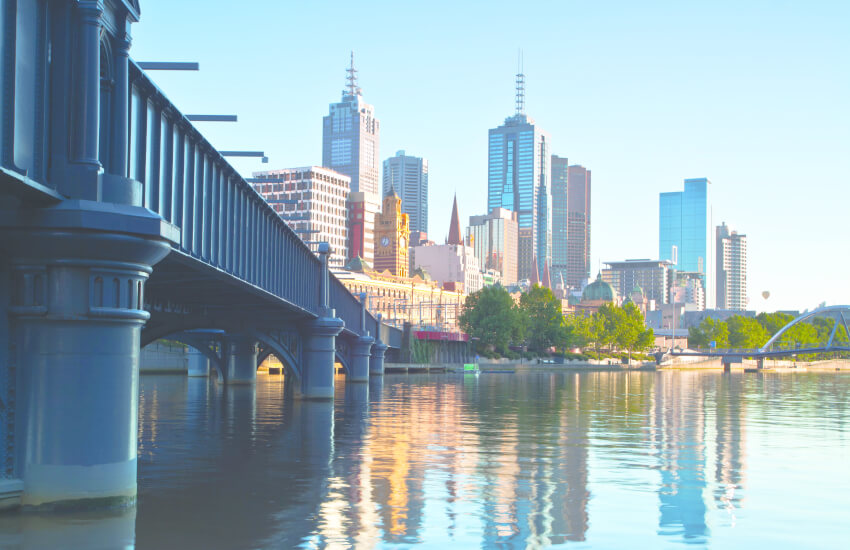'The key is to be wary': SMSF property investors cautioned on market changes
SMSF investors currently holding investment properties in Sydney and Melbourne, or are looking to invest, have been urged to be cautious as new analysis predicts a 5 per cent price drop this year.
According to AMP Capital chief economist Shane Oliver, median property prices in Sydney and Melbourne will fall by another 5 per cent this year, followed by further cuts till 2020, but has stopped short of suggesting a market crash, which would see a fall of roughly 20 per cent.
Speaking to SMSF Adviser, Mr Oliver said that while property has a role investors’ portfolios, it would be prudent to look outside Sydney and Melbourne as prices continue to drop.
“I think the key is to be wary of Sydney, if you are going to hold it for a long time in an SMSF it might be fine, but I think SMSF investors should be aware in the short term that prices could fall further in Sydney and Melbourne and the rental yields in both of those cities are very poor,” said Mr Oliver.
“A better option is to look around property investments in locations which have lagged Sydney and Melbourne. Perth and Darwin could be places worth looking at given that prices have fallen so far in those cities — Perth's property prices are back to where they were in 2006, Darwin's back to 2008 so there may be good value in those cities.
“The only issue for SMSF investors is they want a bit of income, and the problem is those cities do have relatively high vacancy rates at the moment so they have to be aware of that if they are thinking of renting the property out,” he added.
“A safer bet would be the other cities which have been only seeing moderate gains— Brisbane, Adelaide, Canberra; and Hobart might be worth looking at because they are playing a bit of catch up to Melbourne.”
While population growth and underlying demand would prevent a steeper fall in prices, Mr Oliver believes the market is in for a “lengthy period of weak prices”.
“There remains a case to be cautious regarding housing as an investment destination for now. It is expensive on all metrics and offers very low income rental yields compared to other growth assets,” said Mr Oliver.
“This means a housing investor is more dependent on capital growth.
“For someone that already has property, it's a bit more complicated — I guess you could sell it in Sydney and Melbourne because prices could fall further but then you're willing to incur stamp duty costs trying to get back in, and you might find that it's not the whole round trip — having to sell and buy back somewhere else might not be worth it unless you get a really sharp fall in prices which is not what I'm expecting.”








